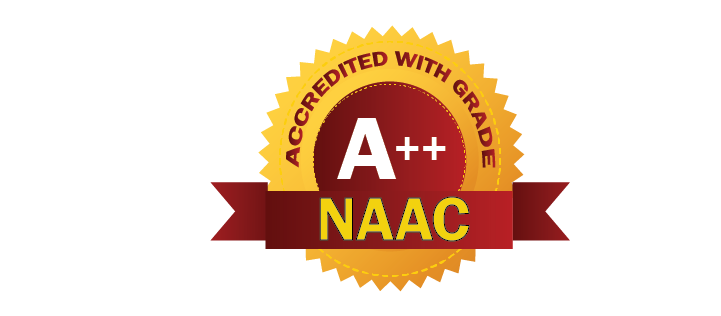Sunita Williams' return from space has once again captured my attention, not just as a significant moment in human space exploration but as a reminder of something that has fascinated me for years—NASA’s ant experiment in space. While reading about her mission, I couldn’t help but recall how ants were sent to the International Space Station (ISS) to study their foraging behavior in microgravity. As someone deeply involved in entomology, this research resonated with me because it demonstrated how even the smallest creatures can teach us invaluable lessons, especially in fields as advanced as Artificial Intelligence (AI).
The Ant Stronaut Experiment: Lessons from Space
In 2014, NASA launched an experiment to observe how ants adjust their collective search behavior when exposed to microgravity. On Earth, ants efficiently locate food using pheromone trails and spatial memory, optimizing their movements for maximum efficiency. However, in space, the absence of gravity forced them to alter their approach. Scientists observed that the ants adapted by exploring in a more random yet cooperative manner, distributing their movements to maximize area coverage. This behavior provides key insights into swarm intelligence, a field that AI researchers have been actively studying.
From Ants to AI: How Nature Inspires Innovation
Ants have long interested AI scientists because of their ability to solve complex problems without a central leader. Their behaviours, such as self-organization, adaptive learning, and efficient resource distribution, have influenced various AI applications, particularly in swarm robotics and machine learning. Some of the most notable contributions include:
- Swarm Robotics: Engineers design robotic teams that mimic ant colonies for tasks like planetary exploration, disaster response, and autonomous delivery networks. For instance, NASA’s research on self-organizing robotic swarms for Mars exploration is based on ant-inspired collective movement, ensuring robots can communicate and adapt without a central controller.
- Network Optimization: Algorithms inspired by ant foraging behaviors help optimize internet routing, traffic management, and supply chain logistics. The Ant Colony Optimization (ACO) algorithm, first introduced in the 1990s, is widely used today to enhance real-time data routing, improving efficiency in telecommunications and autonomous vehicle navigation.
- Decentralized AI Systems: Just like ants adapt collectively to changing environments, AI models are designed to function autonomously without relying on a central command. Google’s DeepMind team has explored ant-based foraging principles to improve AI-driven decision-making in complex, unpredictable environments, leading to smarter automation in financial markets, cybersecurity, and urban planning.
Why This Matters for the Future of AI
The NASA experiment showed how even minor environmental changes force living organisms to develop new strategies for survival and efficiency. This ability to adapt, collaborate, and optimize is precisely what AI researchers aim to replicate in advanced machine learning models. If ants can navigate a gravity-free environment with no external guidance, imagine the potential of AI-driven autonomous systems that can self-organize in extreme conditions, from deep-sea explorations to interplanetary missions.
Bridging Biology and AI: The Way Forward
As a researcher in entomology, I find it incredible how biology and technology intersect. Ants, some of the smallest creatures on Earth, are providing the blueprint for intelligent AI systems that can adapt to unpredictable environments. Just as Sunita Williams’ missions push the boundaries of human endurance in space, these tiny insects are expanding our understanding of adaptive intelligence—both in nature and artificial systems.
This realization reinforces an important truth—science has no boundaries. Whether it's ants navigating space, astronauts exploring new frontiers, or AI evolving through biological inspiration, everything is interconnected in the grand pursuit of knowledge. As we continue to explore new possibilities, I can’t help but wonder—what else can nature teach us about building the intelligent systems of the future?
Dr. R. Yamuna, Assistant Professor, Department of Zoology, KCW
March 20,2025









